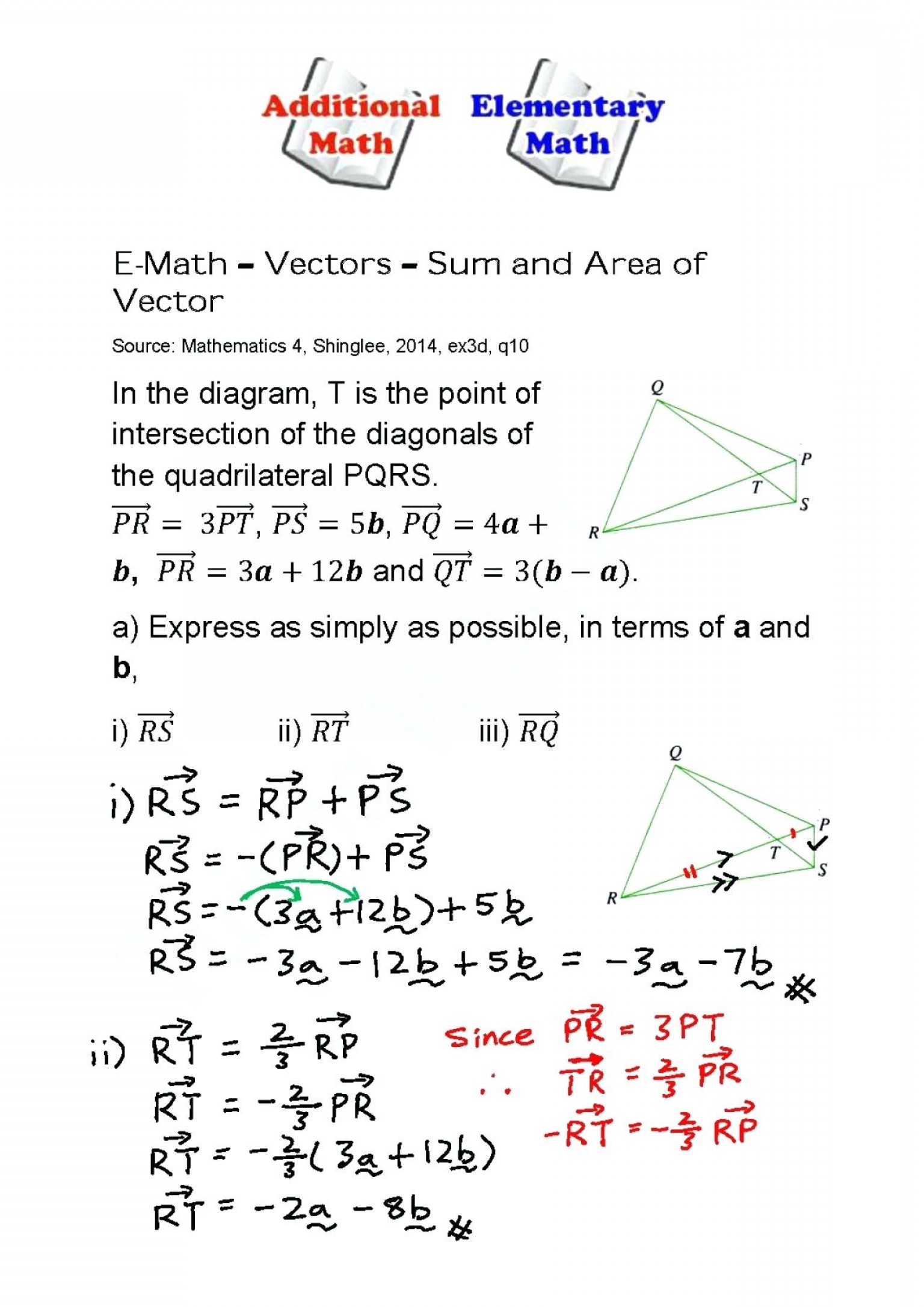

You can change only the behavior of bold uppercase letters with bold-style=ISO] or. By default, \mathbf renders bold capital letters upright and bold lowercase letters italic, but makes italic the default for everything, including regular-weight uppercase Greek. Most of Bubble's date functions do calendar math. There are several ways to tweak this behavior. When doing math with dates, there are two kinds of math: calendar-aware math, where the size of the units of time vary based on things such as the number of days in a month and daylight savings time, and absolute math, where the units you add and subtract have a a fixed number of milliseconds. You can nonetheless specify how you want it to deal with your bold math symbols using an option while loading the unicode-math package.

Nevertheless you will find the \bm and \boldsymbol traditional commands don't work. If you want even more flexibility for mathematical input, you can try using the package unicode-math (that is built on fontspec). In XeLaTeX (part of TeXLive), the package fontspec gives a lot of freedom when dealing with fonts. The layout engine is a fairly direct adaptation of the layout algorithms in Donald Knuth’s TeX, so the quality is quite good (matplotlib also provides a usetex option for those who do want to call out to TeX to.

While \bm and \boldmath are some good options in LaTeX, modern packages for XeLaTex can give a lot more control over the fonts from the very beginning, without the need to use commands different from the standard \mathbf that every one expects naively to work the first time one tries to write bold italic characters. Note that you do not need to have TeX installed, since matplotlib ships its own TeX expression parser, layout engine and fonts.


 0 kommentar(er)
0 kommentar(er)
